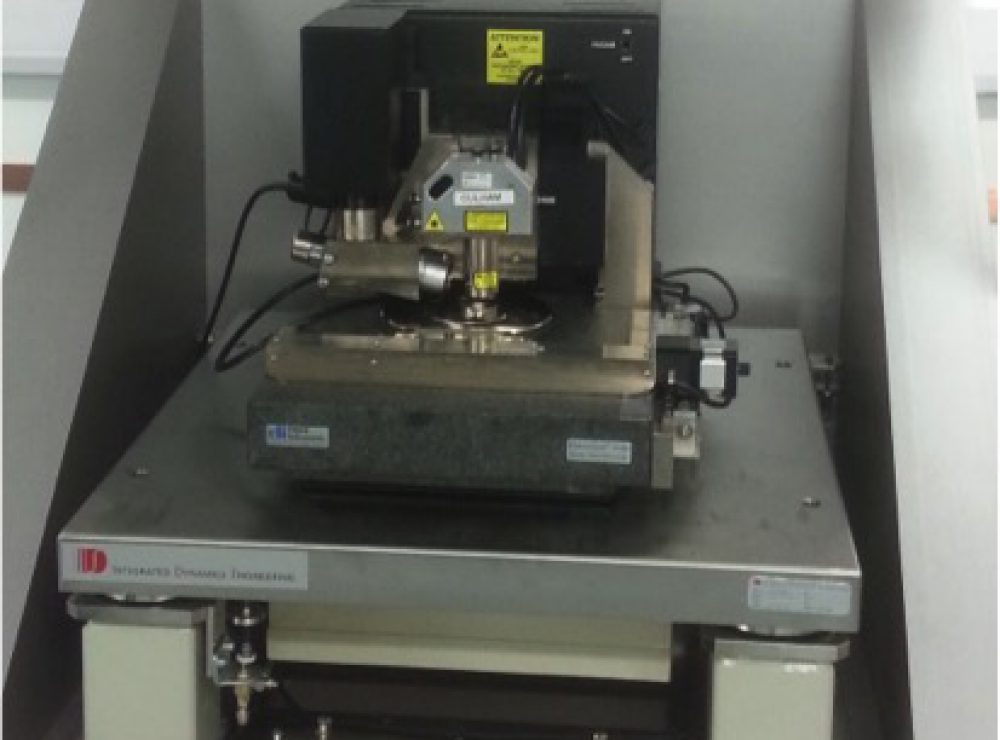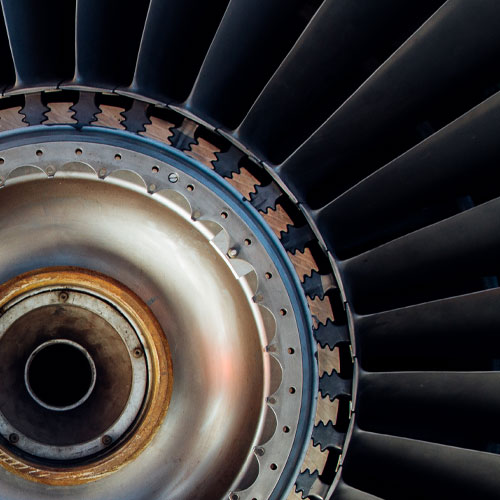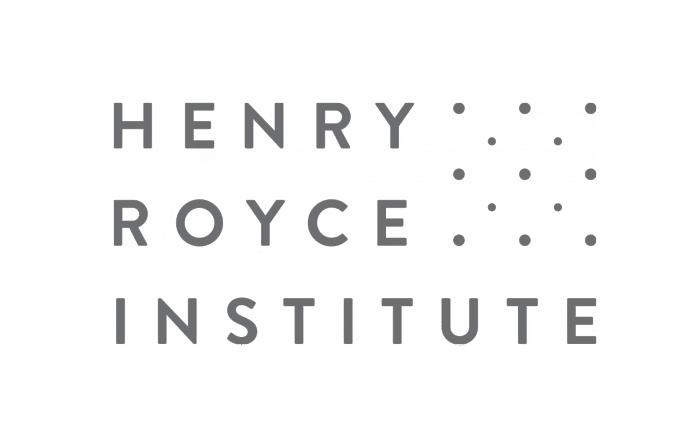This website uses cookies so that we can provide you with the best user experience possible. Cookie information is stored in your browser and performs functions such as recognising you when you return to our website and helping our team to understand which sections of the website you find most interesting and useful.
Imaging technique for very high-resolution three-dimensional image of sample surface

- Partner:UK Atomic Energy Authority
- Facility:Materials Research Facility (MRF)
- Availability:Available
Or call us now on 0161 275 8382
Detailed Description
Atomic Force Microscopes (AFM) provide a very high-resolution three-dimensional image of the sample surface. This is achieved by raster scanning a sharp probe over the surface of the sample. A laser is reflected off the probe, and the deflection of this probe provides a signal to a piezoelectric scanner, which moves the sample to compensate for the deflection. This is used to measure the profile of the sample surface.
Uses/Applications
The atomic force microscope is used to measure the surface topography of samples. Using this instrument, we can measure the surface roughness of a material and detect features that may be only a few nanometres high.
Specifications
Dimension D3100 AFM with Nanoscope IV controller
80μm x 80μm max X-Y scan size
6μm Z range
Lateral accuracy typically within 1%, maximum 2%
Provides full 16-bit resolution on all axes for all scan sizes and offsets
Large sample stage permits scanning specimens up to 8 inches diameter and 4 inches thick
Tapping / contact modes available

